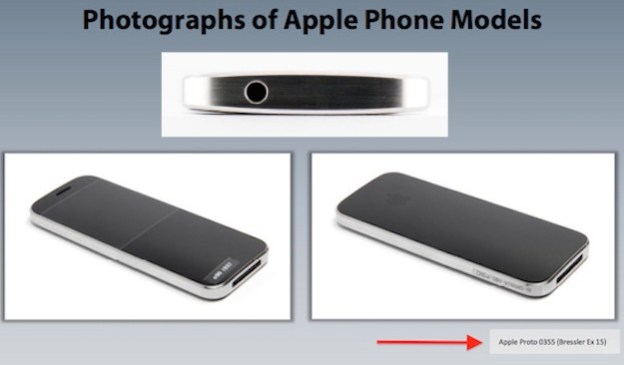Just about a week ago, a Bloomberg report relayed that Apple has been working on a next-gen iPhone design with a curved display. Though seemingly still an R&D initiative for the time being, the report claims that this rumored device might see the light of day in as little as “two to three years.”
Word of a curved iPhone design naturally generated a significant amount of excitement among Apple users. This, of course, is hardly a surprise given that the overall iPhone form factor hasn’t changed drastically over the past few years, the recent iPhone X release notwithstanding. One analyst even claimed that a curved iPhone design might propel Apple to a $1 trillion valuation.
On the surface, the prospect of a curved iPhone is certainly enticing. In reality, though, the next big innovations to Apple’s iconic smartphone are more likely to come in the form of additional new features and enhanced functionality as opposed to a curved design.
While some are endlessly excited about a curved iPhone, I personally don’t find the idea all that appealing. What’s more, nearly all of the arguments in favor of a curved iPhone seem underwhelming at best. One recent article on the topic from The Next Web, for example, claims that a curved display will be more durable and more likely to survive a drop without a cracked screen. Moreover, the same article argues that a curved display will undoubtedly enhance the user experience.
A curved screen can significantly reduce the distance your thumb has to travel to reach the top of the screen.
Again, a curve naturally follows the arches of your hands, which aren’t designed to interact with a flat slab. This would make it easier to reach UI elements near the top of your screen. Considering Apple is rumored to be working on a 6.5-inch iPhone, a curved display could go a long way towards making it more comfortable to use with one hand.
I believe this argument to be a huge stretch. Any iPhone design that is curved to such a degree as to significantly reduce the distance one’s thumb has to travel will likely be an eyesore.
There’s also the notion that a curved iPhone screen will provide a more immersive user experience, another argument I find to be flawed. Remember curved HDTVs? Yeah, they look cool, but they didn’t quite gain much traction in the market place. And besides, we’ve already seen curved smartphones hit the market before and that selling point in and of itself has never been all that compelling to users.
Truth be told, should Apple actually release a curved iPhone, the curve will likely be so slight as to be insignificant. I contend that any significant innovations likely to hit the iPhone in the coming years will likely come in the form of enhanced functionality, such as incredible leaps forward in display technology, augmented reality capabilities, or camera performance. Incidentally, a rumor that sprouted up yesterday claims that Apple in 2019 will release an iPhone with a triple-lens camera that will bolster image quality and improve performance in low light environments.
Incidentally, it’s worth noting that Apple has likely been toying with a curved iPhone design for years. As we learned during the Apple vs Samsung legal saga of 2012, one of the first iPhone prototypes Apple worked on prior to the original iPhone launch featured a curved display.
Remember this bad boy?

Indeed, rumors of Apple releasing an iPhone with a curved display have persisted for years. If you recall, there were even rumors that the iPhone 7 would feature curved glass on both the front and the back.
So while it’s possible that a curved iPhone is something of an inevitability, that feature alone isn’t likely to spur an avalanche of upgrades. Remember, the biggest wave of upgrades Apple has ever enjoyed came when the company released not a radical new form factor, but rather a bigger display in the form of the iPhone 6 and iPhone 6 Plus.








